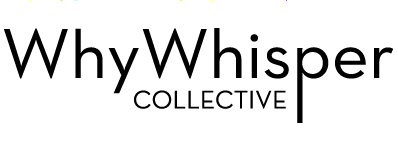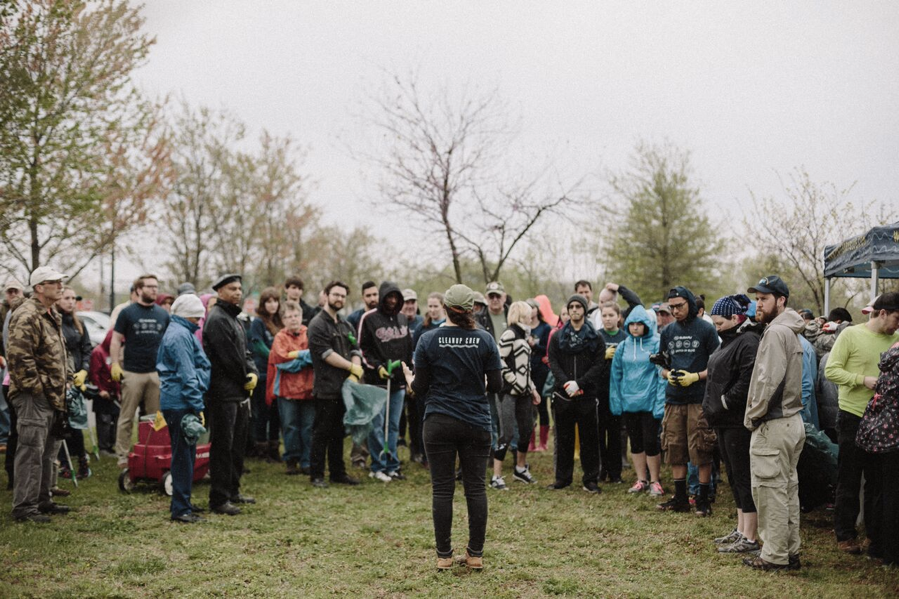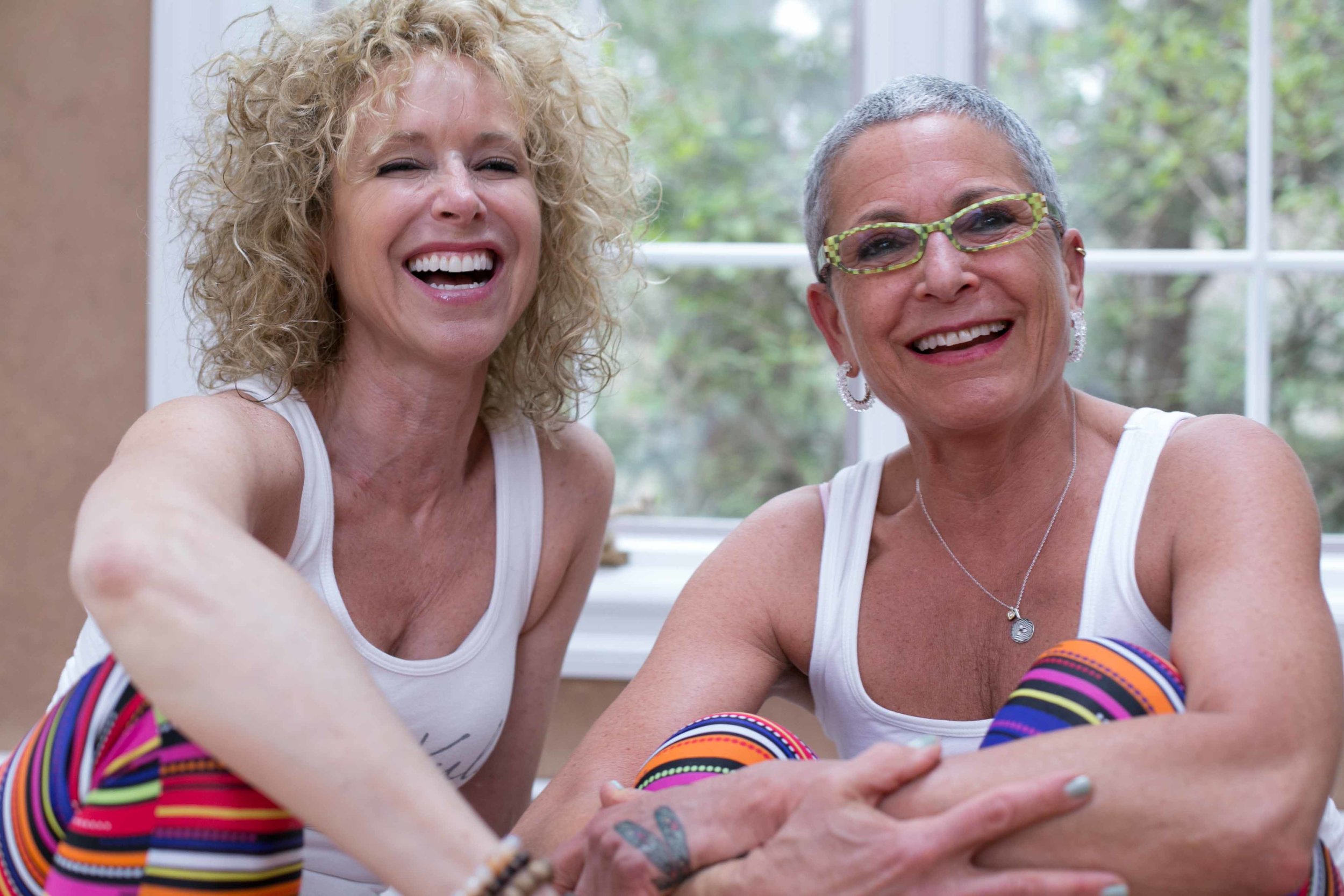As we move forward, it is important for each and every one of us to think about how we can respond in a way that is proactive and impactful.
One of those ways is through end of year giving. Often thought of as an obligation – a requirement that all “good” companies and organizations must fulfill – we challenge businesses to think of it differently this year. Instead of moving forward with your typical year-end giving plan, use it as an opportunity to support any work that protects the rights of vulnerable populations post-election.
If you're on board, here are our thoughts on how to get started:
Think through your values and how they align
First things first: What does your business care about? Is it diversity? Gender equality? Mental health? Education? The list is endless, but think it through and take time to hone in on what you would call your company’s core values. If you’re looking for some insight on how to get there, this post will help you out. Once you know what those are, it’s time to think about how they align with the work that needs to be done following the presidential election. Do you want to focus on work to fight racism? LGBT rights? Women’s rights? Immigrants’ rights? As you know, a lot of people’s rights and safety are at stake right now, and we need to do something about it – all of us.
Determine where you want to focus your efforts
The answer to this question isn’t simple. Depending on what your business is, it may or may not be clear as to whether you should start with your own community or focus on national or policy-level efforts. Think about it yourself, and take time to talk to your team. Together, you can determine where your focus should be.
After you know which issue area(s) you want to focus on and at what scale, it’s time to do your research. There are so many organizations out there that need support in various capacities, and it’s worth putting in the time to determine which would be an effective partnership. You’ll absolutely want to consider their work, to date, and what they’re trying to do now, but you’ll also want to look at how they measure their impact, who manages the organization, and whether or not there is a need that you and your employees could fulfill. This post has some great questions you can ask yourself to get started in identifying your partner(s).
Decide how you can give most effectively
Next, think about what you have to give. If you’re looking to give money, this is the perfect time to do it. You could also offer to match employee donations to your chosen organization, or simply pledge to give a percentage of your revenue through the end of the year in support of their work. If you’re looking to give your time, you can arrange a company volunteer day, give employees a day off to volunteer, or simply encourage your team to do so on their own time, providing them with information about organizations your company supports.
We also very much encourage businesses to spend this time thinking about their internal culture. Support your employees’ mental health, implement policies that allow them stay safe and care for themselves, and, above all else, take measures to ensure that your workplace has zero tolerance for hate or harassment.
Do you know of a business that has responded to this election in a way that’s worth talking about? Tell us about them – we want to spread the word, and encourage others to do the same!






























































